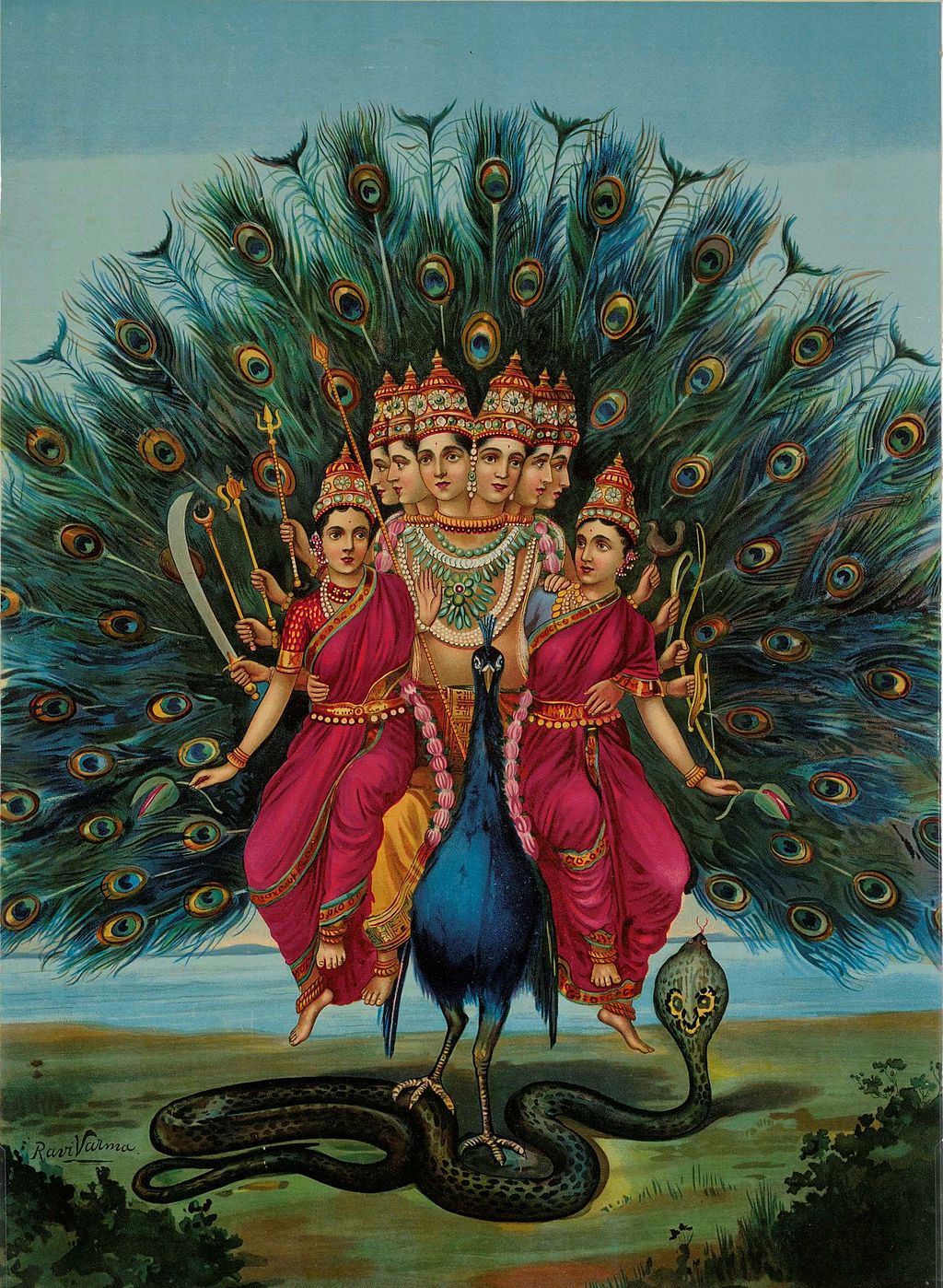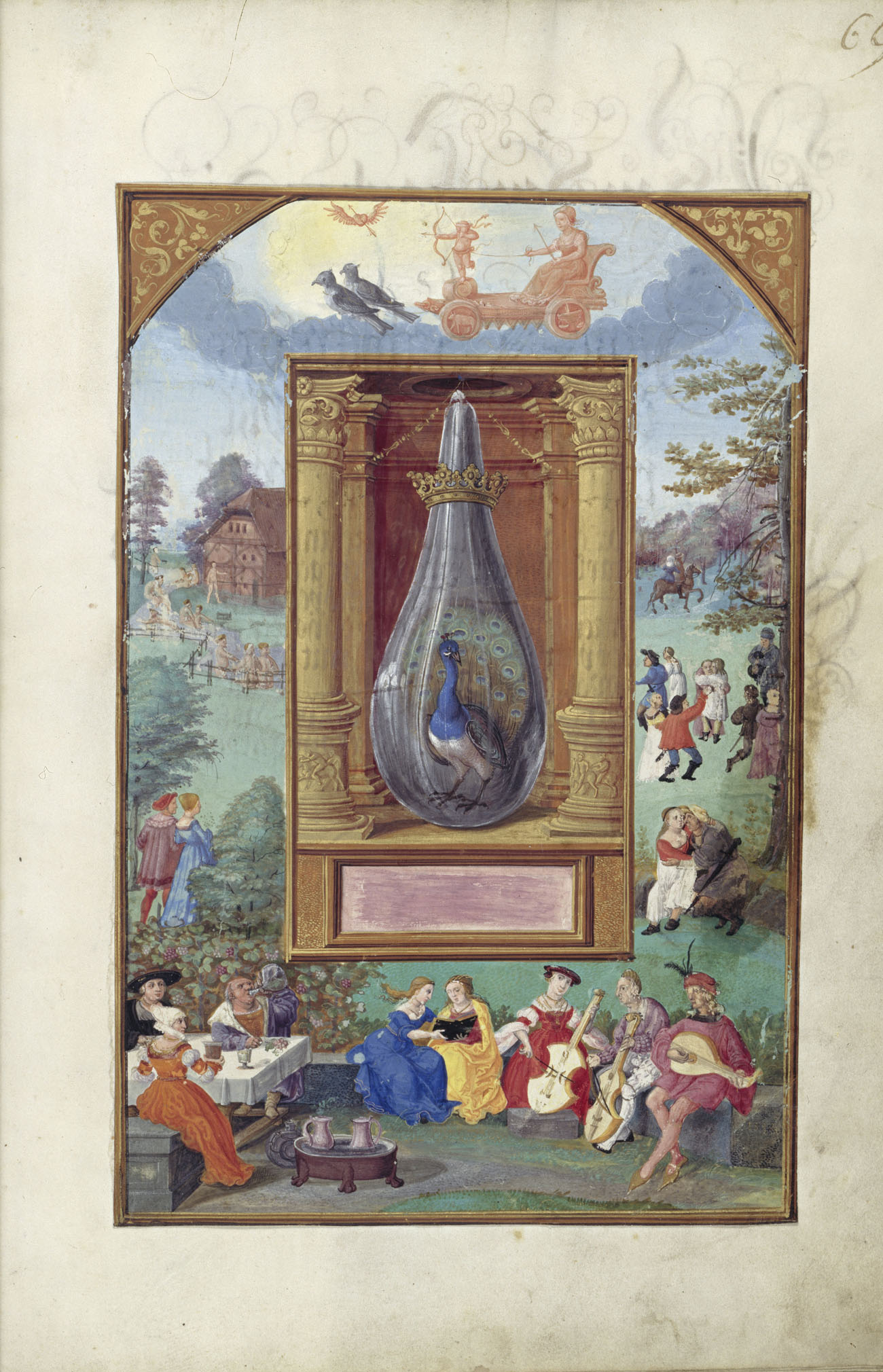
Today, let’s dive into peacock folklore.
A JEWELRY STORE NAMED INDIA
If you hold this
Dazzling emerald
Up to the sky,
It will shine a billion
Beautiful miracles
Painted from the tears
Of the Most High.
Plucked from the lush gardens
Of a yellowish-green paradise,
Look inside this hypnotic gem
And a kaleidoscope of
Titillating,
Soul-raising
Sights and colors
Will tease and seduce
Your eyes and mind.
Tell me, sir.
Have you ever heard
A peacock sing?
Hold your ear
To this mystical stone
And you will hear
Sacred hymns flowing
To the vibrations
Of the perfumed
Wind.”
― Suzy Kassem, Rise Up and Salute the Sun: The Writings of Suzy Kassem
The Peacock In Art
This beautiful creation by poet Suzy Kassem pulls me back to it time and time again. Check out the stunning brilliance of the peacock.
Peafowl, as they are often referred to, are ancient creatures steeped in the lore of nearly every civilization on Earth. That wee detail proved enough for me to begin to notice the presence of peacocks as iconography. They showed up a lot as I researched the Renaissance for The Woman On The Wall. The discoveries I made sent me down a rabbit hole that refuses to spit me out the other side.

The peacock, it turns out, is a mysterious, subtle presence in an extraordinary amount of Christian, Muslim, Jewish, Chinese, Persian, Hindu, and Pagan art throughout the ages. The Renaissance is no exception. If you examine the scenes of nearly any Madonna and child, religious gathering, ascension, angel visitation, even the Sistine Chapel, a peacock is likely to make a subtle, unobtrusive, yet significant appearance.
The true significance of this magnificent creature is much overshadowed by its reputation in modern culture as a showoff.
My suspicion is that those who feared the deep symbolism and potential power such an animal might have over humanity made a story up. We’d all be like, “You arrogant peacock. I will strive in this pious life of mine to not be like you.”
It’s possible we ought to rethink such conditioning.
The peacock, since time immemorial, is a symbol of immortality and the all-seeing one. Once I found this out, I started to examine the potential connections between them and the oracular Sibyls.
This was a big moment for me. I’d long looked for an anima (not animal) connection to the collective unconscious as it related to the Sibylline. As oracles, their connection to dimensional realities and access to other realms had to have been the strongest. Their connection to the animals who live between the worlds, or could cross over, made sense to me.
The ancients believed that the peacock had flesh that did not decay.
Early Christian paintings and mosaics use peacock imagery to denote the value of immortality. They even used peacock feathers can be used during lent as church decorations. Of course, the whole immortality gig is linked directly to Christ in that tradition. So, this makes sense.
However, my limited experience with research has proven that folklore is rarely the sole reason for integrating it into art. Most definitely not the reason for including it in church ritual. Not to mention, the peacock is very much NOT a Christian symbol at its origin. Therefore, associating it as a symbol of Christ without taking the rest of history into consideration is dismissing thousands of years of storytelling and knowledge.
Let’s step way back in time:
The peacock’s origin is, as far as we know, India. Hindu mythology is packed with peacocks, and they were worshiped with exceptional reverence, associated with Sarasvatī.

Peacock Folklore in Egyptian, Greek, and Roman mythology.
The peacock feathers were considered much like the evil eye. They were all-seeing. It’s no secret that Egyptians, in particular, had a jonze for immortality. Again, though, this leads my seeking mind to wonder where the peacock got its reputation as the immortal oracle.
Pythagoras wrote that the soul of Homer moved into a peacock.
Greek mythology declares the peacock created by Hera out of her watchman, Argus.
Christians call it their own. It was the creature that refused to eat the forbidden fruit at Eden. Also, granted immortality for such a pious act.
Islamic legend claims it was cast out of paradise. However, Ottoman iconography carries the bird on everything from mosaics to dishes.
In China, the bird was a symbol of the Ming Dynasty. The Chinese equated the peacock with divinity, rank, power, and beauty.
This led me to a fascinating fact that the peacock has the ability to eat poisonous snakes without harm. In India, Persia, and North Africa, this allowed for the title of protector. It became the defender of royal (or any for that matter) households.

It also shows up in 16th-century illuminated manuscripts and in front of the Vatican even today.
A necklace of Amethyst, peacock feathers and swallow feathers were a talisman to protect from sorcerers according to Pliny. (my personal go-to while exploring the connections between alchemy, science, and the metaphysical). Meanwhile, the peacock’s blood could dispel evil spirits.
Alchemist thought the fan of the peacock (cauda pavonis) is associated with certain texts and images. They are useful in turning base metals into gold.
So, as you can see, the peacock may have some cause to be a bit cocky. However, I believe it instead to be the keeper of secrets far deeper.
The peacock plays a primary role in The Sibylline Chronicles. Stay tuned to learn more. Da Vinci was an enormous fan of the birds who still walk the grounds of Clos Luce today.
